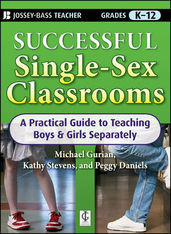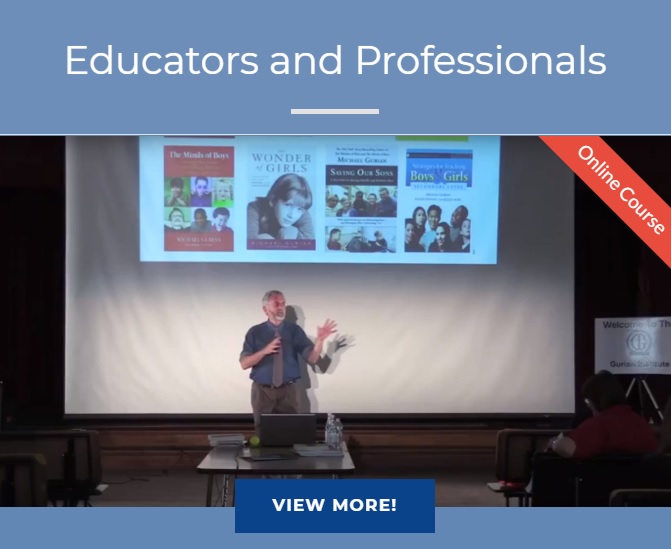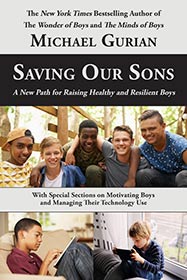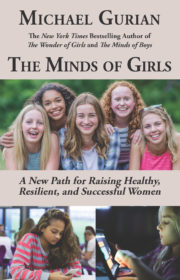 Book Study–Successful Single-Sex Classrooms: A Practical Guide to Teaching Boys and Girls Separatelyby Michael Gurian, Kathy Stevens and Peggy Daniels
Book Study–Successful Single-Sex Classrooms: A Practical Guide to Teaching Boys and Girls Separatelyby Michael Gurian, Kathy Stevens and Peggy Daniels
Whether you are in a single-sex school or a co-gender school that has all single-sex classes or just a few, these study questions will help clarify your thinking about how to be the best teacher/administrator you can be related to gender-friendly instruction.
Chapter 1
- Discuss the success stories of the reported schools and the lessons learned that can be replicated and/or modified.
Chapter 2
- Review the structural differences in the male and female brains. Look at these as you observe behaviors of your students. How can this knowledge help your students in their development?
- How the brain processes information is different for each sex. What are the educational implications for your program? Think of three different ways you can assist in this process.
- With all of the stresses males/females can and will face, think of what can be done in as they move through the grades to facilitate self-learning and knowledge to help deal with the issues of growing up.
Chapter 3
- After reading the sections on school leadership, teachers and the two teacher’s journals, what needs to be implemented school-wide to make things “click” to a greater extent? What role will you play?
- What do you think parents value most about your single gender classrooms? What are their concerns? What can/should you do to help bridge the gap?
Chapter 4
- What couldyour school learn from the surveys?
- If you decide to administer the surveys, how will you use the collected data?
Chapter 5
- How can the many ideas/suggestions on boys and movement be productively transferred into action plans?
- Describe the physical space in your classroom. How can this be enhanced?
- Describe how you will use the “outdoor classroom” in your next unit of study.
- What are ways to incorporate productive competition in the classroom and school-wide?
Chapter 6
- What can you improve upon in your classroom to make it more male/female friendly? (Relate to question 2 – Chapter 5)
- What suggestions do you have to nurture the “inner lives” of your students?
- What suggestions do you have to nurture the “boy/girl code” productively?
- How can you utilize the stress list (p.125) in your teaching and subject matter? …don’t forget math!
- List three specific strategies to show how the development of leadership abilities is important for boys/girls. How is this fostered within your team? Your classroom?community?
- What techniques have you found successful is developing positive group interactions? What are your struggles?
- What are your strengths as an “effective teacher of boys or girls?” What are areas for growth?
Chapter 7
- P. 147 lists reflective questions for students following a lesson. When are you going to try this with your students? What do you plan to do with the results of the conversation?
- What general suggestions for enhancing a girl’s classroom can you see using for your boys and vice versa? How does this relate to what you know about the functioning of the brain?
- Many strategies are shared for each subject area. What three strategies will you try? What two strategies, from another discipline, can you adapt and use?
Chapter 8
- Many strategies are shared for each subject area. What three strategies will you try? What two strategies, from another discipline, can you adapt and use?
Chapter 9
- How have you developed a unique relationship with your students?
- In regards to “soft skills,” how can you visualize integrating these into the daily lives of your students?
- Belonging is very important. How is the promoted within your school? Your team? Your classroom?
- Positive emotional vocabulary is a necessity for boys and girls. Think of three ways you can improve and use this in your classroom.
- What is the difference between E-A-T and E-T-A? How will you share this with your students?
- After reading the section on advisory program, what can you adapt, change and/or modify for your school and your class?
Special thanks to Lynn Ritvo, Gurian Institute Certified Master Trainer, for this study guide.
© Michael Gurian 2018. Developed by the Gurian Institute Training Division.






